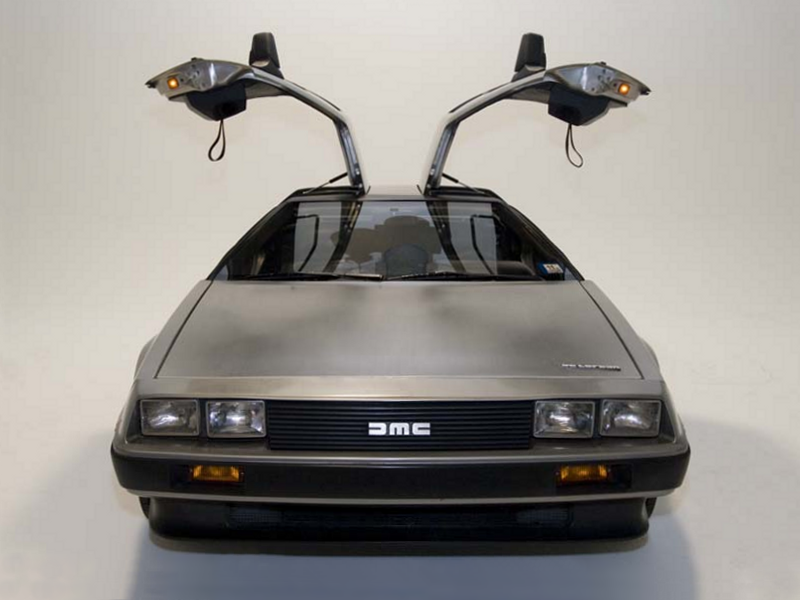Introduction
When discussing about cryptocurrencies, most people are in general familiar with Bitcoin and Ethereum due to their recent surges in price. However, there are other contenders in the cryptocurrencies industry, such as Ripple. What makes it stand out? Most cryptocurrencies fall in two categories: those who are direct competition for banks and those who try to make banks evolve and work together with them. Ripple is the exception that falls in both categories (Eha, 2017).
Basic characteristics of Ripple
Right now, Ripple is the third cryptocurrency in the world in terms of market capitalisation (Eha, 2017). Due to Ripple’s centralised characteristic the total number of coins (XRP) is pre-determined and pre-mined. There are in total 100 billion coins in existence, and Ripple owns around 61% of those, with a worth of $16 billion (Levy, 2017). The coin was created as a deflationary currency, which means that by each transfer concerning XRP, a small fraction of a coin is destroyed. Due to its centralised aspect, there were certain concerns that the supply of the coin could be artificially manipulated by the Ripple company (Bajpai, 2017). In order to diminish these concerns and to raise the confidence in the coin, Ripple decided to store set apart 55 billion XRP into a safely-encrypted escrow account.
How does Ripple help Financial Transactions?
To put it simply, Ripple enables fast-paced real-time transactions around the glob (Bajpai, 2017). Compared to the traditional way of making international transfers between banks, SWIFT, which provides one-way communication services, Ripple offers two-way exchange of information. Therefore, Ripple main asset is to reduce the processing time and the fees for international money transfers. Right now, international transfers between banks take a few working days to complete and they cost between 5$ and 50$, in addition to the foreign exchange rate that can be as high as 3% (Eha, 2017) . For Ripple, the average transaction cost is $0.0003 (three one-hundredths of a cent) and the confirmation time is less than 4 seconds with a scalability of around 1000 transactions per second (Bajpal, 2017). While the sums of international bank transfers are in total around $155 trillion (155 followed by TWELVE zeroes), Ripple could save a lot of time and money currently paid for transaction fees (Moskov, 2017). The company has already partnered with more than 90 banks around the world, including: BBVA, Westpac, Banco Santander and the National Australian Bank (Noto, 2017).
Concluding thoughts
I believe that Ripple can solve many problems in regards to money transfers around the world in the very near future. A solution like this was needed for the financial market, which was lagging behind the technological developments of our society and needed a rebirth. Please leave your opinions in the comments, I am very curious to know what do you think about this novel technology.
References:
Bajpai, P. (2017). Ripple Is Emerging as a Stable and Trusted Cryptocurrency [online] Available at: http://www.investopedia.com/news/ripple-emerging-stable-and-trusted-cryptocurrency/ [ Accessed 22 Oct. 2017]
Eha, B. P. (2017). Inside Ripple’s plan to make money move as fast as information. [online] Available at: https://www.americanbanker.com/news/inside-ripples-plan-to-make-money-move-as-fast-as-information [Accessed 22 Oct. 2017]
Levy, A. (2017). Bitcoin rival Ripple is suddenly sitting on billions of dollars worth of cryptocurrency. [online] Available at: https://www.cnbc.com/2017/05/26/bitcoin-rival-ripple-is-sitting-on-many-billions-of-dollars-of-xrp.html [Accessed 22 Oct. 2017]
Moskov, A. (2017). Is Ripple a Good Investment Target? [online] Available at: https://hacked.com/ripple-good-investment-target/ [Accessed 22 Oct. 2017]
Noto, G. (2017). Bitcoin Cash Grabs Headlines, But Ripple Has Banks’ Attention. [online] Available at: https://bankinnovation.net/2017/08/bitcoin-cash-grabs-the-headlines-but-ripple-has-the-banks-attention/ [Accessed 22 Oct. 2017]


